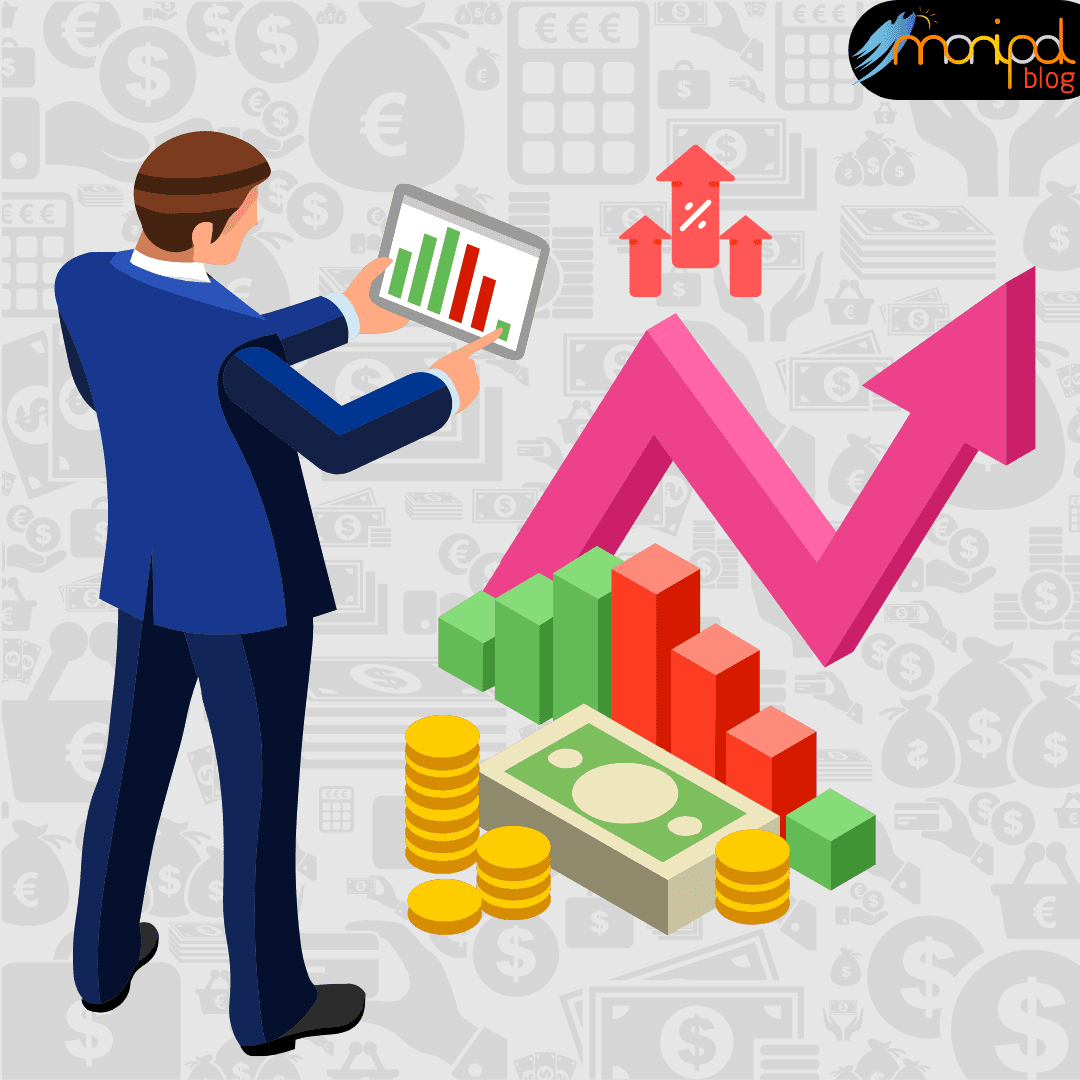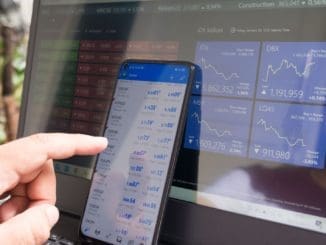
If you’re new to the world of trading, you may have heard the term’ commodity CFD trading’ but not be entirely sure what it is. Commodity CFDs allow traders to speculate on the price of commodities without having to own them physically. In this article, we’ll look at commodity CFD trading and how you can get started with it. Stay tuned.
What is a commodity CFD and how does it work?
A commodity CFD is a contract for difference that allows traders to speculate on the price of a commodity without having to own it physically. When you trade commodities CFDs, you’ll be taking a position on whether you think the underlying asset price will rise or fall. If you think the price will rise, you’ll open a buy (long) position. If the price falls, you’ll open a sell (short) position.
It’s important to remember that when trading commodities CFDs, you’ll be required to put down a margin – this is the initial amount of money that you’ll need to open a position. When you open a trade, you’ll need to put down an initial amount of money to open a position.
It’s important to remember that leverage can work both ways. While it can help you to magnify your profits, it can also magnify your losses. It is why risk management is so important when trading commodity CFDs.
The benefits of trading commodities CFDs
There are many reasons why traders choose to trade commodities CFDs. Some of the main benefits include:
Accessibility: You can trade commodity CFDs with just a few clicks; all you need is a computer and an internet connection. You’ll also be able to find a wide range of resources online to help you get started, including articles, videos, and webinars.
Leverage: Trading with leverage can allow you to open more significant positions than you could with your capital. It means that you can potentially make more profits – but it also means that you can lose more money if the trade goes against you.
Low costs: When you trade commodity CFDs, you’ll only be charged a small commission or spread. It’s the difference between the bid and the asking price of the contract. For example, if the bid price is $1,300 and the asking price is $1,301, the spread would be $1.
24-hour trading: The commodities markets are open 24 hours a day from Sunday evening until Friday night. It means you can trade whenever it suits you, even if you have a full-time job.
A wide range of products: You’ll be able to find a wide range of commodity CFDs to trade, including metals (gold, silver, palladium), energy (oil, natural gas), and agricultural products (coffee, wheat, corn).
If you’re considering getting started in commodity CFD trading, make sure you understand the risks involved. Trading CFDs is not suitable for everyone, so make sure that you understand the risks before you start trading.
How to get started with commodity CFD trading
If you’re interested in getting started with commodity CFD trading, the first step is to find a reputable broker. Make sure you compare a few different brokers before deciding which one is right for you. Consider factors such as the fees, the range of products on offer, and the platform features.
Once you’ve chosen a broker, you’ll need to open and fund an account. You’ll then be able to start trading commodity CFDs. It’s important to remember that you should never trade with money that you can’t afford to lose.
If you’re new to trading, practicing with a demo account might be a good idea before you start trading with real money. It will allow you to get a feel for how the platform works and how to place trades.
Tips for successful commodity CFD trading
When you’re ready to start trading, ensure you have a clear idea of your trading strategy. What markets are you going to trade in? What time frames are you going to use? Answering these questions helps develop a clear and concise trading plan.
It’s important to remember that no two trading days are the same, and it would help if you were prepared for a wide range of market conditions. You should never risk more than 1-2% of your account balance on any trade.
Finally, don’t forget to use stop losses. This order automatically closes your trade at a set price, which will help you limit your losses if the market moves against you.




Be the first to comment